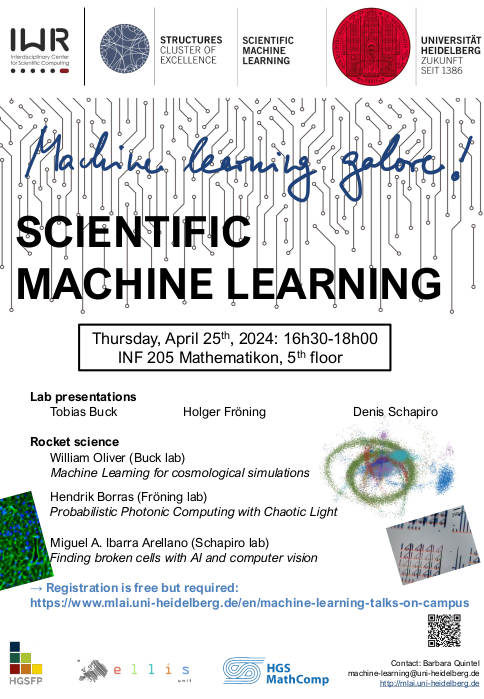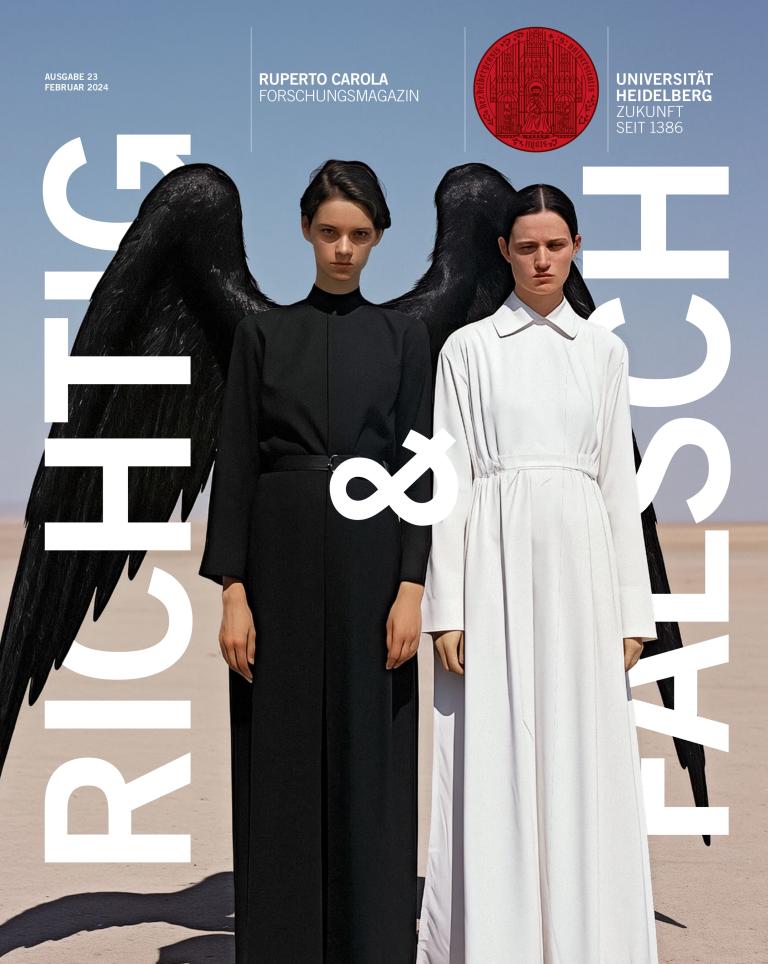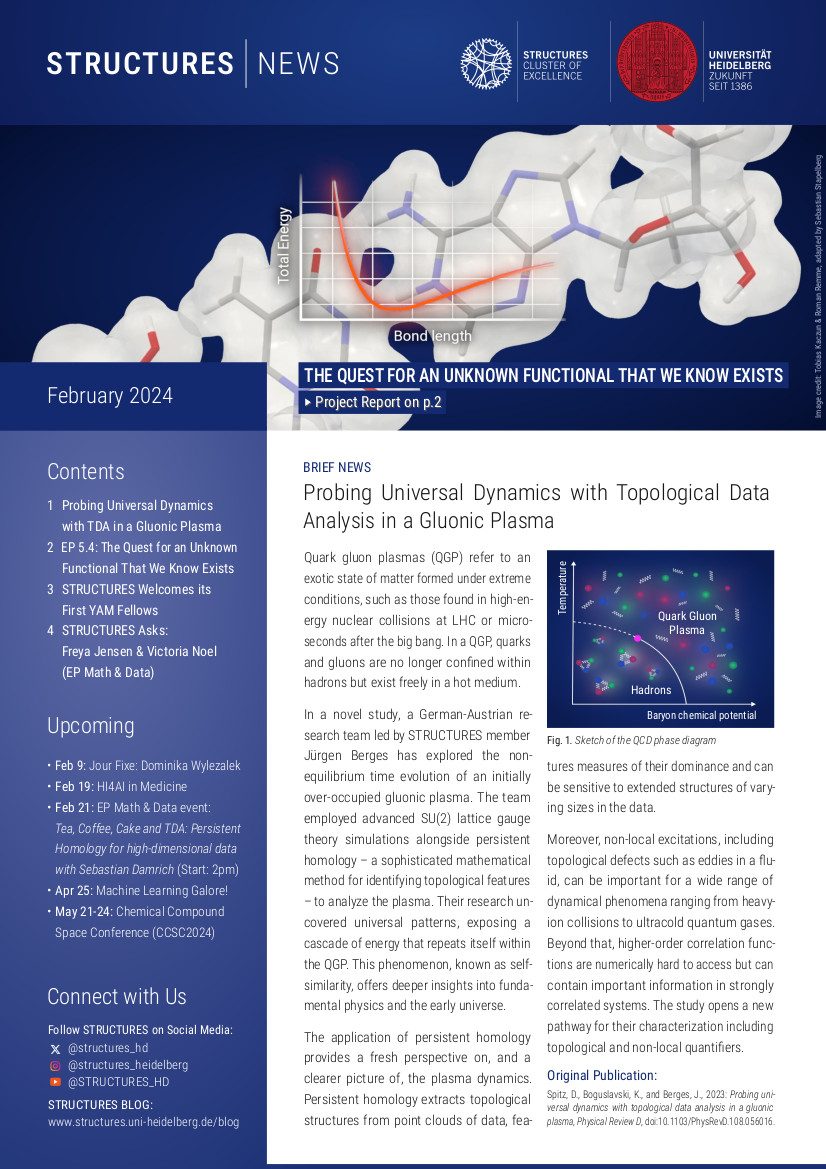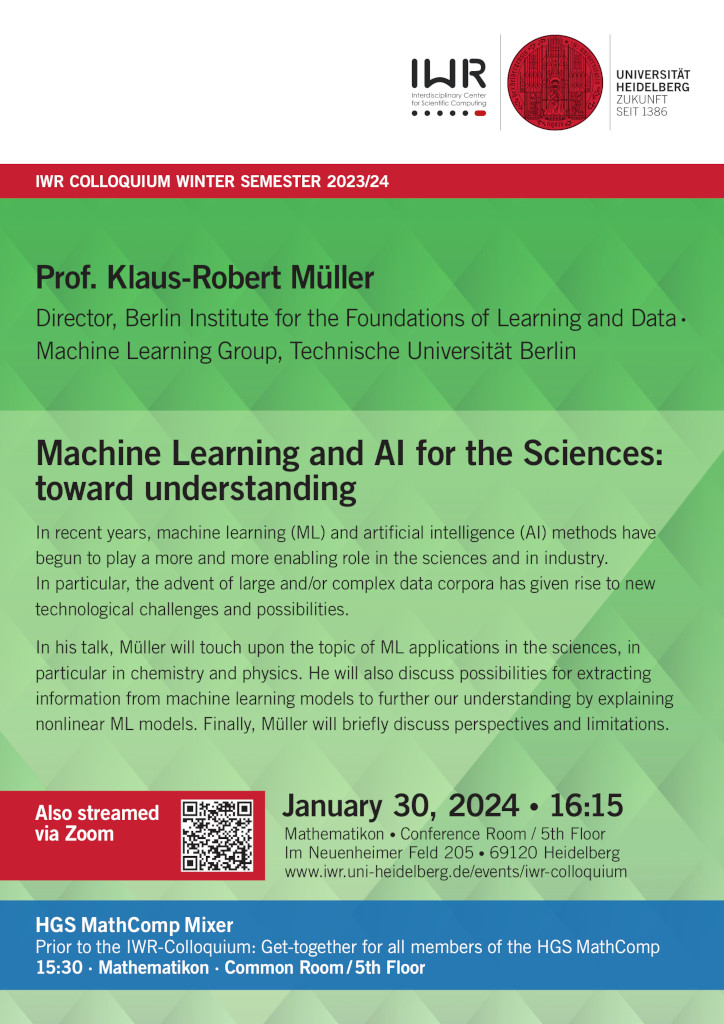Newsroom
Stay informed with our latest news and announcements on this page. For more in-depth content, we also encourage visitors to explore our bimonthly STRUCTURES Newsletter magazine, which features a variety of articles, interviews with members, and background information on our latest research and activities.
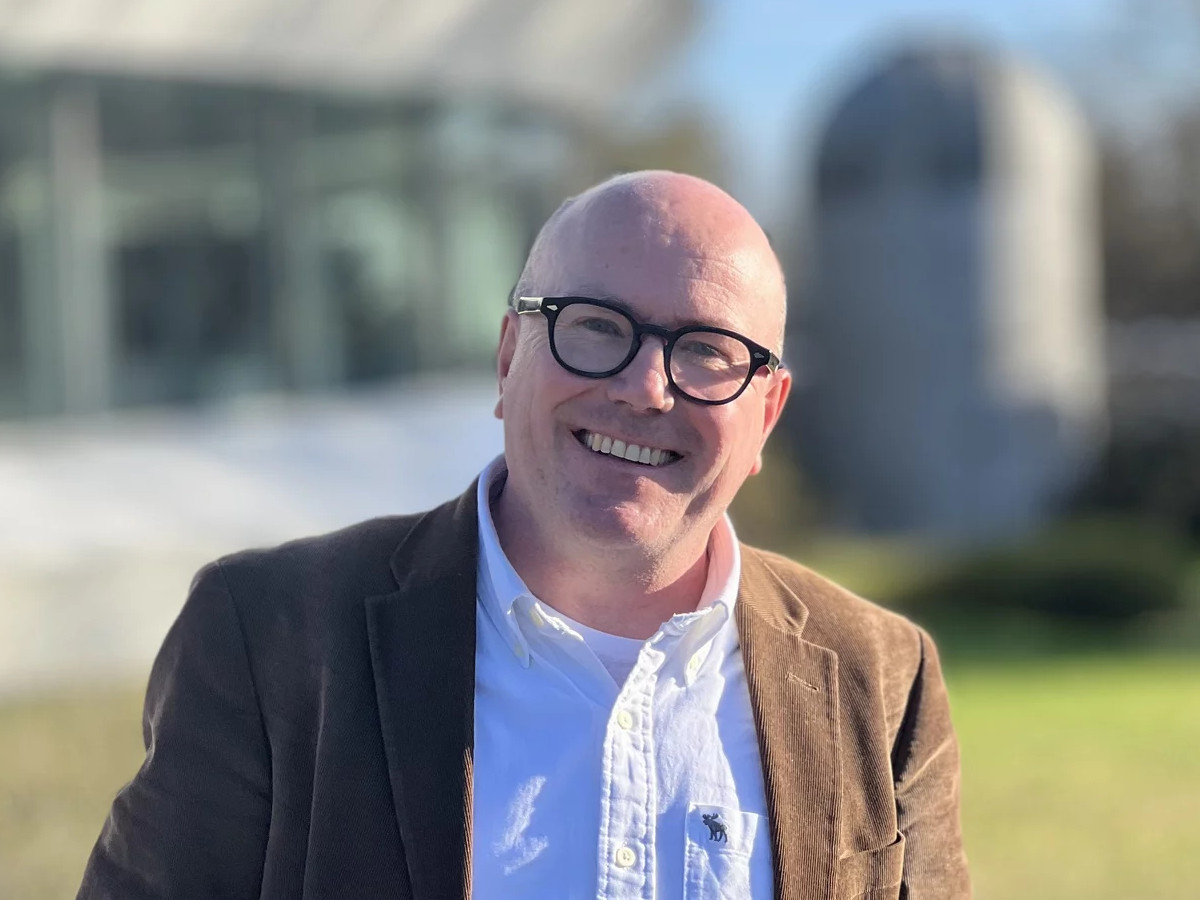 Hubert Klahr (© Oliver Völkel/MPIA)
Hubert Klahr (© Oliver Völkel/MPIA)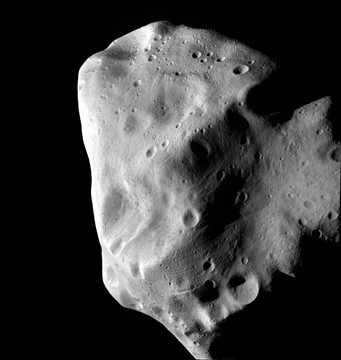 Main belt asteroid 21 Lutetia (© ESA 2010 MPS for OSIRIS Team MPS/UPD/LAM/IAA/RSSD/INTA/UPM/DASP/IDA )
Main belt asteroid 21 Lutetia (© ESA 2010 MPS for OSIRIS Team MPS/UPD/LAM/IAA/RSSD/INTA/UPM/DASP/IDA )We congratulate our member Hubert Klahr, head of the theory group in the Planet & Star Formation department at Max Planck Institute for Astronomy (MPIA) and principal investigator of STRUCTURES' Comprehensive Project 2 (From Dust to Planets), on securing one of the European Research Council's prestigious Advanced Grants. The prize, endowed with 2.49 million euros funding over the next five years, will support his pioneering project “Turbulence, Pebbles, and Planetesimals: Origin of Minor Bodies in the Solar System (TiPPi).”
The TiPPi project aims to unravel the mysteries surrounding the formation of minor celestial bodies, such as asteroids, comets and dwarf planets in the solar system. Most of these smaller bodies are presumed to be remnants of planetary building blocks known as planetesimals, typically ranging from a few dozen kilometres in diameter. These planetesimals formed through collisions and the accumulation of centimetre-sized chunks, referred to as 'pebbles'. Pebbles typically measure in the centimetre to decimetre range, while planetesimals range from 10 to 100 kilometres in diameter. However, “despite their immense importance for the early history of the Solar System and therefore also for the formation of the Earth, we still don’t know where and when they formed in the ‘solar nebula’,” says Hubert Klahr. “We will therefore develop an innovative numerical experiment that combines three phases of planetesimal formation. We will use special methods to study turbulence, apply machine learning to analyse pebble sizes and dust opacities, and investigate the elasticity and porosity evolution of the forming planetesimals.” The research not only promises insights into the early history of our solar system but also offers connections to the diversity of exoplanetary systems. The techniques and tools developed will be beneficial to the broader scientific community.
The ERC Advanced Grant is one of the most esteemed and competitive research grants in Europe, awarded to exceptional senior researchers with the potential to catalyze significant scientific advancements. Out of 1829 applications, only 255 outstanding research leaders in Europe are selected for this prestigious honour.
Further information:
We are happy to announce the next Scientific Machine Learning event from the series “Machine Learning Galore!”, taking place on April 25, 4:30 to 6:00 pm at INF 205 Mathematikon (5th floor). The event will include various lab presentations and science talks:
Machine Learning galore! - Programme:
- Lab presentations:
- Tobias Buck
- Holger Fröning
- Denis Schapiro
- Rocket Science:
- William Oliver (Buck lab): Machine Learning for cosmological simulations
- Hendrik Borras (Fröning lab): Probabilistic Photonic Computing with Chaotic Light
- Miguel A. Ibarra Arellano (Schapiro lab): Finding broken cells with AI and computer vision
In order to participate, please register for free at https://www.mlai.uni-heidelberg.de/en/machine-learning-talks-on-campus.
Scientific Machine Learning is a joint initiative from IWR and STRUCTURES to foster interactions within and development of the local machine learning community. Its portal, http://mlai.uni-heidelberg.de summarizes the many relevant events and news from across campus that would otherwise remain scattered across single institutions or fields. The goal of the initiative aligns with the STRUCTURES Cluster of Excellence's objective of driving research into the fundamental understanding of current and future machine learning, and with IWR’s aim to leverage machine learning to enable the solution of long-standing problems in the natural and life sciences, the engineering sciences, as well as the humanities.
Further information:
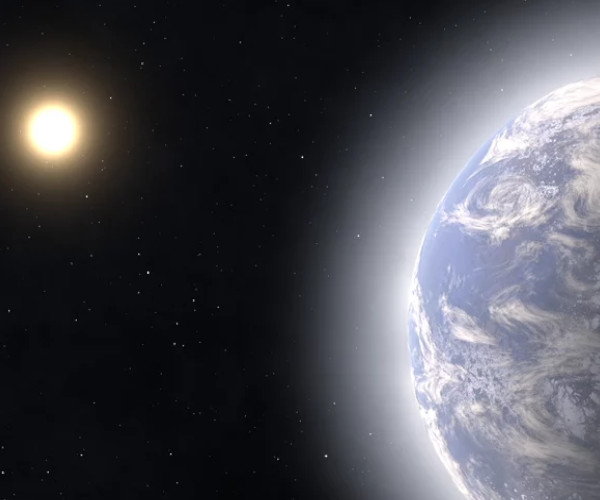 Artistic representation of an exoplanet whose water ice is vaporizing and forming an atmosphere during its approach to a star. © Thomas Müller (MPIA)
Artistic representation of an exoplanet whose water ice is vaporizing and forming an atmosphere during its approach to a star. © Thomas Müller (MPIA) Simulations provide a potential explanation for the mysterious gap in the size distribution of super-Earths.
Astronomers from Germany and Switzerland, including STRUCTURES member Thomas Henning (Director of Max Planck Institute for Astronomy, MPIA) and YRC Postdoc Remo Burn (MPIA), have uncovered evidence of how the enigmatic gap in the size distribution of exoplanets at around two Earth radii emerges – a longstanding problem in exoplanetary research. Their computer simulations demonstrate that the migration of icy, so-called sub-Neptunes into the inner regions of their planetary systems could account for this phenomenon. Ordinarily, planets in evolved planetary systems, such as the Solar System, follow stable orbits around their central star. However, many indications suggest that some planets might depart from their birthplaces during their early evolution by migrating inward or outward. As they draw closer to the central star, evaporating water ice forms an atmosphere that makes the planets appear larger than in their frozen state. Simultaneously, smaller rocky planets gradually lose a portion of their original gaseous envelope, causing their measured radius to shrink over time. The authors reported their findings in an article published in Nature Astronomy. (Original Press Release by MPIA)
Further information:
STRUCTURES Members Share Insights on AI Impact, Deception & Truth Quest in RUPERTO CAROLA Magazine
The latest issue of Ruperto Carola, Heidelberg University's research magazine, explores the pressing question of artificial intelligence's impact on society and the broader themes of “Right & Wrong.” From historical deceptions to modern dilemmas like fake news and conspiracy theories, this issue presents insightful perspectives contributed by a range of researchers, including STRUCTURES members Georgia Koppe, Manfred Salmhofer, and Fred Hamprecht.
In a collaborative article, computational psychiatrist Georgia Koppe from STRUCTURES, alongside her colleagues Martin Fungisai Gerchen (Biological Psychology) and Andreas Meyer-Lindenberg (Psychiatry and Psychotherapy), intricately examine the interplay between various forms of heterodox beliefs, with a focus on conspiracy theories. They shed light on their characteristics, prevalence, and potential correlations with mental health factors. In the same issue, Fred Hamprecht from STRUCTURES (Machine Learning and Artificial Intelligence) engages in a conversation with ChatGPT on AI ethics. In the interview “Proofs of God and Flight Paths – The Search for Universal Truths,” mathematical physicist and speaker of the STRUCTURES Cluster, Manfred Salmhofer and theologian Prof. Dr. Friederike Nüssel discuss the subjects of knowledge creation and the concept of “right”, “wrong” and universal truths in science.
The Rupert Carola research magazine appears twice a year, mainly in German with English abstracts, and addresses all members of the university, its partners in academia, politics, business and society, and, in particular, alumni, friends and an interested public in Germany and abroad. All editions are accessible via the open access publisher Heidelberg University Publishing (heiUP).
Further information:
We are happy to present the 15th volume of the STRUCTURES Newsletter, featuring insightful news, background articles and interviews. This edition features the following topics:
- Probing Universal Dynamics with Topological Data Analysis in a Gluonic Plasma
- EP 5.4: The Quest for an Unknown Functional That We Know Exists
- STRUCTURES Welcomes its First YAM Fellows
- STRUCTURES Asks: Freya Jensen and Victoria Noel (EP Math & Data)
Additionally, we invite you to engage with the interactive version of our newsletter's cover image, containing a visualization by Tobias Kaczun & Roman Remme.
The STRUCTURES Project Management Office is happy to answer questions and to receive feedback.
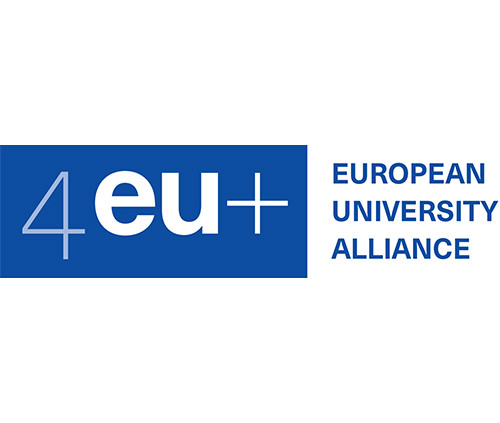
The STRUCTURES Cluster, in collaboration with the 4EU+ European University Alliance, is thrilled to announce the spring block course Quantum Information and Quantum Many-Body Theory taking place from March to June 2024. The course includes both online lectures and in-person events at University of Copenhagen. The course is aimed at Master and PhD students, yet it warmly welcomes all interested students, extending an invitation even to those not affiliated with a university that is part of the 4EU+ Alliance.
Title: Quantum Information and Quantum Many-Body Theory
Date and Location:Course Description: In an era marked by the second quantum revolution and the rise of quantum technological advancements, the necessity for a deep understanding of quantum many-body systems and quantum information theory has never been more critical. Our course aims to equip participants with comprehensive knowledge and proficiency in these areas, focusing on the mathematics underpinning quantum theory, the characterization of complex quantum systems, and the development of algorithms for quantum information processing.
- Phase 1: 7 March - 2 May 2024 (Online)
- Phase 2: 2-31 May 2024 (Poster session)
- Phase 3: 24-28 June 2024 (Physical Master Class)
Travel Grants: Available for 4EU+ Alliance students
Registration Deadline: Registration is possible until 1 March 2024.
The goal is to provide students with a blended learning approach to the course content on the mathematics of quantum theory with special emphasis on complex quantum many-body systems and quantum information theory. The main intended learning outcomes include an overview of the latest developments in those fields. In addition, the course aims to help the participants to develop competencies to engage in self-organized cross-university and interdisciplinary collaborations via online team work as well as to give and receive feedback on results.
The 4EU+ European University Alliance is a transnational strategic association bringing together seven comprehensive, research-intensive, public universities from four regions of Europe: Charles University in Prague, Heidelberg University, Paris-Panthéon-Assas University, Sorbonne University in Paris, the University of Copenhagen, the University of Geneva, the University of Milan, and the University of Warsaw. The 4EU+ Alliance has one vision: to create one comprehensive research-intensive European University through a new quality of cooperation in teaching, education, research and administration.
Further information:
We are delighted to announce the upcoming talk by Prof. Klaus-Robert Müller at the IWR Colloquium on Tuesday, Jan 30, 2024. Prof. Klaus-Robert Müller, a renowned authority in the German machine learning community, will be sharing his expertise on Machine Learning and AI for the sciences, with a particular focus on chemistry and physics:
Title: Machine Learning and AI for the Sciences: Toward Understanding
Speaker: Prof. Klaus-Robert Müller (Director, Berlin Institute for the Foundations of Learning & Data · ML Group, TU Berlin)
Abstract: In recent years, machine learning (ML) and artificial intelligence (AI) methods have begun to play a more and more enabling role in the sciences and in industry. In particular, the advent of large and/or complex data corpora has given rise to new technological challenges and possibilities. In his talk, Müller will touch upon the topic of ML applications in the sciences, in particular in chemistry and physics. He will also discuss possibilities for extracting information from machine learning models to further our understanding by explaining nonlinear ML models. Finally, Müller will briefly discuss perspectives and limitations.
Date/Time: Tuesday, Jan 30, 2024, at 16:15
Location: Mathematikon, Conference Room / 5th Floor, INF 205, 69120 Heidelberg (and online via Zoom.)
Prior to the IWR colloquium, there will be a get-together for all members of the HGS MathComp at 15:30 at the common room / fifth floor.
Further information:
